What is Bounce Rate?
Bounce rate is the percentage of visitors who land on your website and leave without taking any action, such as clicking on links, filling out a form, subscribing to a newsletter, or making a purchase. In short, it reflects the number of users who visit a page and exit without any further interaction.
According to Google Analytics, a bounce is recorded when a user visits only one page and doesn’t trigger any additional requests to the server, like navigating to another page. This makes bounce rate a key metric for measuring user engagement on your site.
The bounce rate shown in your Google Analytics overview is an average across all pages, calculated by dividing the total number of single-page visits by the total number of entries to your site during a specific time period. You can also check the bounce rate of individual pages, specific sections, or user segments to get more detailed insights.
A high bounce rate may suggest that visitors aren’t finding what they’re looking for, while a lower bounce rate usually indicates stronger engagement.
How is Bounce Rate Calculated?
Bounce rate is calculated by dividing the number of single-page visits by the total number of entries to a page, then multiplying that by 100 to get a percentage.
Bounce Rate = (Single-Page Sessions / Total Entries) × 100
For example, if 100 people land on a page and 60 of them leave without visiting any other page, the bounce rate would be 60%.
Google Analytics tracks these sessions to help you understand how many visitors are leaving without exploring more of your website. It’s a valuable metric for identifying which pages may need better content, stronger calls to action, or improved user experience.
Is Bounce Rate a Ranking Factor?
There is no direct evidence that Google uses bounce rate as a ranking factor. However, there are a few reasons why the bounce rate may indirectly affect rankings:
- User experience: A high bounce rate can indicate a poor user experience, negatively impacting rankings as Google’s algorithm backs websites that offer a smooth user experience.
- Dwell time: It is the time users spend on a website, which is often correlated with bounce rate. A longer dwell time can positively affect rankings as it signals to Google that users are engaged with the content.
- Pogo-sticking: Pogo-sticking occurs when a user quickly returns to the search results after clicking on a website. This behavior can indicate that the website did not provide the information the user sought, which can result in a lower ranking.
Does Bounce Rate Affect SEO?
Bounce rate itself isn’t a direct Google ranking factor, but it can impact SEO indirectly. A high bounce rate may signal poor user experience or irrelevant content, which can reduce engagement. When users quickly leave a page, it tells search engines that the page might not meet their needs, affecting your rankings over time. Improving content quality, page speed, and usability can help lower the bounce rate and support better SEO performance.
Do High Bounce Rates Affect Websites?
The answer to this question depends on the type of website that you have. If you have a website that requires visitors to visit more than one page and take some actions, then a high bounce rate can be detrimental to your website’s success. However, if you have a single-page website that does not require the visitors to take any action, a high bounce rate should not matter much.
Bounce Rate Vs. Exit Rate
Bounce Rate vs. Exit Rate is a common point of confusion, but they measure different user actions.
Bounce rate is the percentage of users who land on a page and leave without interacting with any other part of the website. For example, if a visitor opens a page and quickly hits the back button, that counts as a bounce. It helps you understand what is bounce rate is and how users engage (or don’t) with your site.
Exit rate, however, is the percentage of users who leave the website from a specific page, regardless of how many other pages they visited before. For instance, if a user visits Page X, then Page Y, and exits from Page Y, that exit counts for Page Y, not Page X.
While both metrics help measure user behavior, bounce rate focuses on single-page sessions, and exit rate highlights where users drop off after browsing multiple pages.
Optimize, rank, and flourish your online store's performance with our award-winning strategies. Want your eCommerce site Optimize, rank, and flourish your online store's performance with our award-winning strategies.![]()
to rank higher on Google SERP?![]()
How to Check Bounce Rate in Google Analytics?
Knowing the overall bounce rate for your website is relatively easy. You can analyze your bounce rate on Google Analytics. To do this, go to your Google Analytics account, click on ‘Audience’, and then visit ‘Overview’. The result would be a graph depicting the overall bounce rate for your website.
One website will have more than one bounce rate since each page on your website is tracked individually. You can easily evaluate the performance of individual pages on your website by analyzing their bounce rates.
Why do we need to track bounce rates in Google Analytics?
Bounce rates are crucial because they reflect whether your page content is relevant or not, or if it is attracting the visitors to take any action or not. A high bounce rate implies that the visitors are only coming to your website and not clicking on anything. They are even ignoring your Call To Action or CTA, which means that you are losing out on conversions.
Thereafter, you can make optimizations to your website and deploy marketing strategies based on how the visitors are behaving after visiting your web pages. Tracking bounce rates can also help you know the impact of your active marketing campaigns and analyze whether they are converting the traffic or not.
Do high bounce rates affect websites?
The answer to this question depends upon the type of website that you have. If you have a website that requires visitors to visit more than one page and take some actions, then a high bounce can be detrimental to your website’s success. However, if you have a single-page website that does not require the visitors to take any action, a high bounce rate should not matter much.
Reason people bounce from your site
Now that we know what bounce rate means, let’s take a look at the reasons why visitors are bouncing off of your website without interacting.
-
UX Issues
If you have read the new update for Google’s page experience and UX rolling out in 2021, you will understand the importance of providing visitors with a memorable user experience. One of the important metrics for site rankings depends on the overall user experience that a site provides to a visitor. This means you have to pay attention to aesthetics, navigation speed, load time, quality content, and adherence to accessibility guidelines.
-
Sufficient Content on the Said Page
Visitors can bounce from your page if the page they arrived at provides them with all the information they need. For example, a visitor diverted from a third-party site and arriving at a resourceful blog may find adequate information and be not interested in browsing through the site more than that. Such bounces cannot be helped much, but internal linking may coax them to visit another page.
-
Technical Errors
Technical issues like broken links, 404 errors, or server downtime can cause visitors to leave your site immediately—leading to a high bounce rate. When a page fails to load properly or shows an error, users are less likely to stay or explore further. Regular site audits can help you catch and fix these problems before they impact user experience. Ensuring smooth navigation and quick page loading is key to keeping your bounce rate low.
-
Bad Content Quality
Low-quality or irrelevant content can cause visitors to lose interest and leave quickly, increasing your bounce rate. If the content doesn’t match what users expect or lacks clarity, value, or engagement, they’re unlikely to stay or explore further. To reduce bounce rate, focus on creating helpful, well-structured, and easy-to-read content that aligns with user intent and adds real value.
-
Misleading Titles and Descriptions
If your page title or meta description doesn’t match the actual content, visitors may feel misled and leave quickly, causing a higher bounce rate. This often happens when headlines overpromise or target the wrong keywords. Example: If your title says “Free SEO Tools for Beginners” but the page only promotes paid tools, users will likely exit without interacting.
To reduce bounce rate, make sure your titles and descriptions accurately reflect the content. Honest and clear messaging helps set the right expectations and encourages users to stay and explore.
-
Unqualified Visitors
Getting traffic on your website is not rocket science. Theoretically, if you have enough affiliates, a half-decent advertising budget, and a pleasant landing page – you should get traffic. The metric that moves the needle is conversion. And, unfortunately, traffic is not equal to conversions.
Before you start bringing prospective customers to your page with ads, affiliate links, or other means of communication, make sure you qualify them. Otherwise, your pages will have a disproportionate gap between the number of visitors and the conversions.
The underlying problem would be people visiting the page but not taking the relevant action because you attracted the wrong leads in the first place.
-
The Page is Not Optimized for Mobile Experience
If your website isn’t mobile-friendly, users on smartphones or tablets may struggle to read or navigate, leading them to leave quickly. This poor experience can result in a high bounce rate, especially since most web traffic today comes from mobile devices. Example: If text appears too small or buttons are hard to tap on a phone screen, users may exit the page within seconds.
-
Asking Too Much (Forms, Logins)
If a page immediately asks users to fill out long forms, sign up, or log in before providing any value, it can push them away. Overwhelming requests without building trust or offering useful content first often result in higher bounce rates. Keep initial interactions simple and user-friendly.
-
Poor Trust Signals
Lack of trust signals—like HTTPS security, professional design, or contact details—can make visitors feel uneasy. If users don’t trust your site, they’re unlikely to stick around. Strengthening your site’s credibility helps build user confidence and reduces bounce rate.
-
Not Matching Search Intent
If your content doesn’t align with what users are searching for, they’ll leave quickly. When a page ranks for a keyword but fails to deliver relevant answers, it leads to frustration and high bounce rates. Matching search intent ensures your content meets user expectations and keeps them engaged.
What is a Good Bounce Rate
A good bounce rate generally falls between 26% and 40%, indicating that users are engaging with your website. A rate between 40–55% is average, 55–65% suggests room for improvement, and anything above 80% is often a red flag—possibly due to poor user experience or even tracking errors.
What’s considered “good” can vary by industry and website type. For instance, blogs and news websites naturally have higher bounce rates, while e-commerce or service-based sites aim for lower ones. According to Brafton’s research, the average bounce rate is around 58.18%, with B2B sites typically seeing higher rates than B2C.
If you’re unsure what bounce rate to aim for, tools like Google Analytics can help you track and assess your site’s performance based on real user behavior.
What is the Average Bounce Rate by Industry?
Bounce rates vary widely depending on the industry and type of website. For example:
- Retail & eCommerce: 20%–40%
- B2B websites: 25%–55%
- Blogs: 65%–90%
- Landing pages: 70%–90%
- Service websites: 30%–50%
- News & media sites: 60%–80%
Higher bounce rates aren’t always bad—it depends on the page’s purpose and the user’s intent. Understanding your industry benchmarks helps you set realistic goals and optimize accordingly.
How To Create A Bounce Rate Benchmark?
To figure out the appropriate bounce rate for your website, you have to set up benchmarking on Google Analytics. Google Analytics illustrates the average bounce rate for what it perceives to be your industry by using its benchmarking techniques.
Go to the admin section, click on “Account Settings” and then the “Benchmarking” box.
This will help you compare industry averages.
Next, navigate to the site’s behavior reports. Go to “Site Content” and then “Landing Pages.” Once you click on Landing Pages, the average will pop up along with the site-wide bounce rate.
How to Reduce Bounce Rate?
-
Improve Page Load Time
The first thing to pay attention to is the user experience you provide, which means being aware of the page load time. Optimising the website speed will lead to a smoother browsing experience for the user, which along with good content, will help you retain them.
-
Content Needs To Be Readable
Content plays a pivotal role in reducing the bounce rate of a website. If you provide valuable and well-structured content backed up with correct sources, infographics, images and visuals, the visitor will surely have more reasons to stick around. Employ the help of SEO services to curate stellar content for the site if you need it.
-
Optimize For Mobile
Mobile optimization of a website is also essential since your audience would like to access your site on-the-go. Most people view websites on their smartphones these days, whether or not they are at home.
-
Improve Readability of Content
Content plays a pivotal role in reducing the bounce rate of a website. If you provide valuable and well-structured content backed up with correct sources, infographics, images, and visuals, the visitor will surely have more reasons to stick around. Employ the help of SEO services to curate stellar content for the site if you need it.
-
Match Search Intent
Make sure your content aligns with what users are actually searching for. When visitors find exactly what they expect, they’re more likely to stay and engage with your site. Understanding user intent—whether informational, navigational, or transactional—is key to reducing bounce rate.
-
Avoid Pop-Ups
Pop-ups are a big no, as they create distractions and can be irritating to visitors.
-
Use a Strong Call-to-Action (CTA)
A good call to action (CTA) statement will encourage visitors to perform the next action, such as subscribing for or purchasing your services.
-
Add Internal Links
Adding relevant internal links encourages visitors to explore more pages on your site. This not only improves navigation but also keeps users engaged longer, reducing the bounce rate. Make sure your links are helpful, contextually placed, and lead to valuable content that aligns with what the visitor is looking for.
-
Use Images, Videos & Interactive Content
Images and videos make the information on the page digestible. Case in point – what would you prefer, a 2-minute video on how to change tires or a 1,200-word blog post on how to do the same thing? Even if you are not using images and videos to replace the text or simplify the navigation, you can use them to establish the right context.
-
Refresh Outdated Content
Old or irrelevant content can drive visitors away. Regularly update your pages with current information, better visuals, and accurate data to keep users engaged and lower your bounce rate.
-
A/B Test Layouts and CTAs
Experiment with different page layouts and calls-to-action (CTAs) to see what keeps users engaged. A/B testing helps you find what works best in terms of design, messaging, and placement, improving user experience and reducing bounce rate.
-
Use Heatmap Tools for Behavior Analysis
Another effective way to increase the time spent by visitors on your website is by using a heatmap. Heatmaps are tools that help track the activity of users on your website. They work by adding a small piece of JavaScript to your website, which helps you see how people click, scroll, and read the content of your page.
There are numerous heatmap tools available on the internet, such as CrazyEgg, Hotjar, etc. Heatmaps help lower bounce rates and make the needed modifications to your website.
-
Embed YouTube Videos (Where Relevant)
Embedding YouTube videos on your website page is one of the best ways of reducing the bounce rate of your site. Many studies suggest that the average time spent on a web page by a visitor doubles when you add videos to your page. Videos serve as an easy way to acquire information and have a higher engagement as compared to text. Therefore, to lower your bounce rate score, you must embed YouTube videos on your page.
Bounce Rate and User Experience (UX): What’s the Connection?
The bounce rate is a good analytical metric to factor in while trying to boost your site traffic, interactions, and conversion rates. By keeping bounce rates at a minimum, you can help your brand gain greater recognition and improve search engine result page (SERP) ratings by coming off as a reliable and noteworthy website. We hope our article helped you understand what to avoid and what to work on to reduce your bounce rates.
Difference between Bounce Rate in Google Analytics: UA & GA4
- Definition: In UA, the bounce rate is calculated as the percentage of single-page sessions where the user left without interaction. In GA4, the bounce rate calculation is based on the percentage of sessions with only one engagement hit.
- Engagement hits: In GA4, an engagement hit is defined as any interaction with the site, including page views, screen views, events, and e-commerce transactions. That means if a user lands on a page and interacts with any of these elements, it will not be considered a bounce, even if they leave the site immediately after.
- Event-based measurement: In GA4, event-based measurement is the default tracking method. That means Google Analytics tracks every interaction with the site as an event. It allows for a more granular understanding of user behavior and engagement. However, it also means that the bounce rate can be more difficult to interpret since a user may interact with the site without triggering a pageview.
- Cross-domain tracking: In UA, cross-domain monitoring requires specific implementation through linking and auto-linking. GA4 enables cross-domain tracking automatically via the global site tag, simplifying implementation. However, it also means that visits from multiple domains can affect the bounce rate.
- User-ID tracking: UA allows optional user-ID tracking to track user behavior across multiple devices and sessions. In GA4, tracking all user activity across devices is mandatory to gain visibility into sessions potentially affecting the bounce rate if users interact on one device and leave without further action on another.
- Machine Learning: GA4 incorporates machine learning into its tracking and reporting, which can impact how the bounce rate is calculated and reported. Machine learning algorithms determine which engagement hits are most crucial and predict user behavior, which means that the bounce rate may be more accurate in GA4 than in UA.
Conclusion
Bounce rate is a crucial metric providing valuable insights into website performance and user behavior. It is not a direct ranking factor but can indirectly impact search engine visibility and user engagement. High bounce rates can indicate poor user experience, irrelevant content, or technical issues on the website. To avoid high bounce rates, website owners and marketers should focus on website design and user experience, bettering website speed and mobile responsiveness, and ensuring accurate tracking and measurement with tools like Google Analytics.
FAQs
What is considered a high bounce rate?
A bounce rate above 70% is generally considered high. While it doesn’t always mean there’s a problem, it can suggest issues with content, user experience, or page relevance—especially if it’s unexpected for your type of website.
Can a high bounce rate hurt my SEO?
Indirectly, yes. While bounce rate isn’t a direct ranking factor, it can signal poor user experience or content relevance. If users leave quickly, search engines may assume your site isn’t meeting their expectations, which could affect rankings over time.
What is the difference between bounce rate and exit rate?
Bounce rate measures the percentage of users who leave a site after viewing only one page. Exit rate, on the other hand, tracks the percentage of users who leave the site from a specific page—regardless of how many pages they visited before that.
What is a good bounce rate for blogs?
For blogs, a bounce rate between 65% and 90% is quite common. Since users often visit to read a single post, higher bounce rates are expected and are not always a negative sign.
Does internal linking help reduce bounce rate?
Yes. Internal links guide users to other relevant pages on your site, increasing engagement and session time. This encourages users to stay longer and explore more, helping reduce the overall bounce rate.
What Does Bounce Rate Reveal About a Webpage?
Bounce rate shows how well a webpage meets visitor expectations. A high bounce rate may mean the content isn’t useful, the page is slow, or users didn’t find what they were looking for. A low bounce rate often means users are interested and exploring more pages. It helps identify which pages need better content or design improvements.
Popular Searches
How useful was this post?
0 / 5. 0


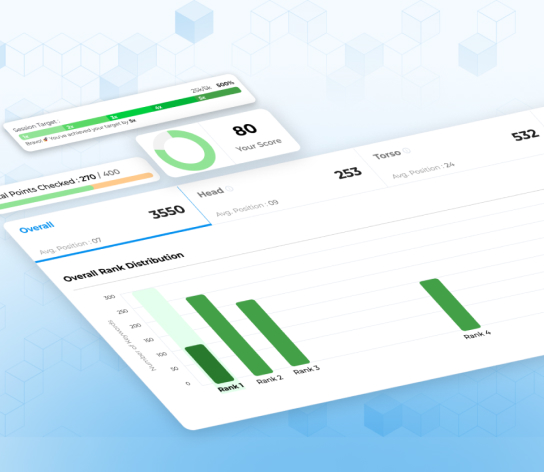






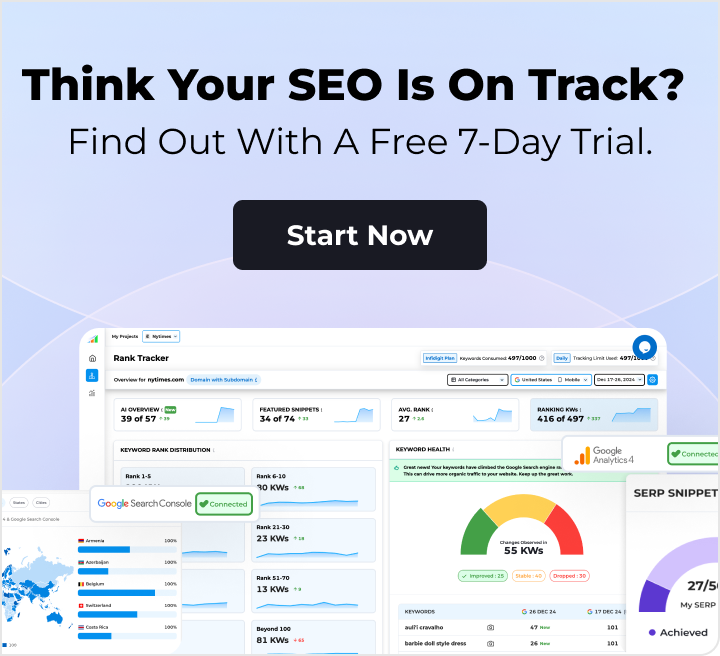

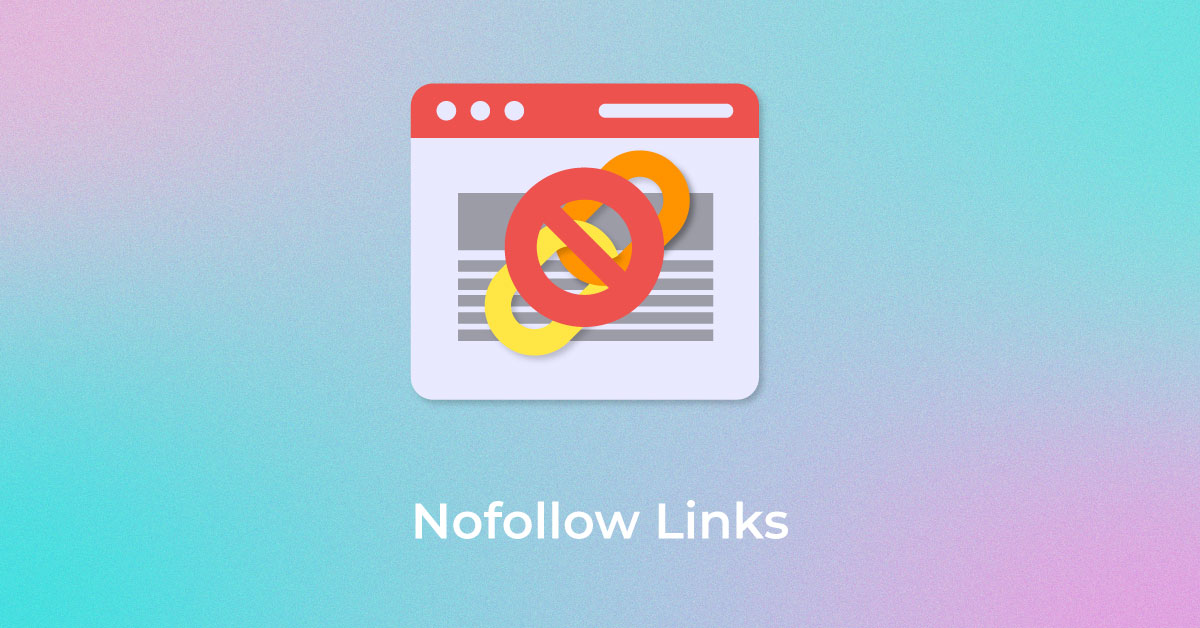
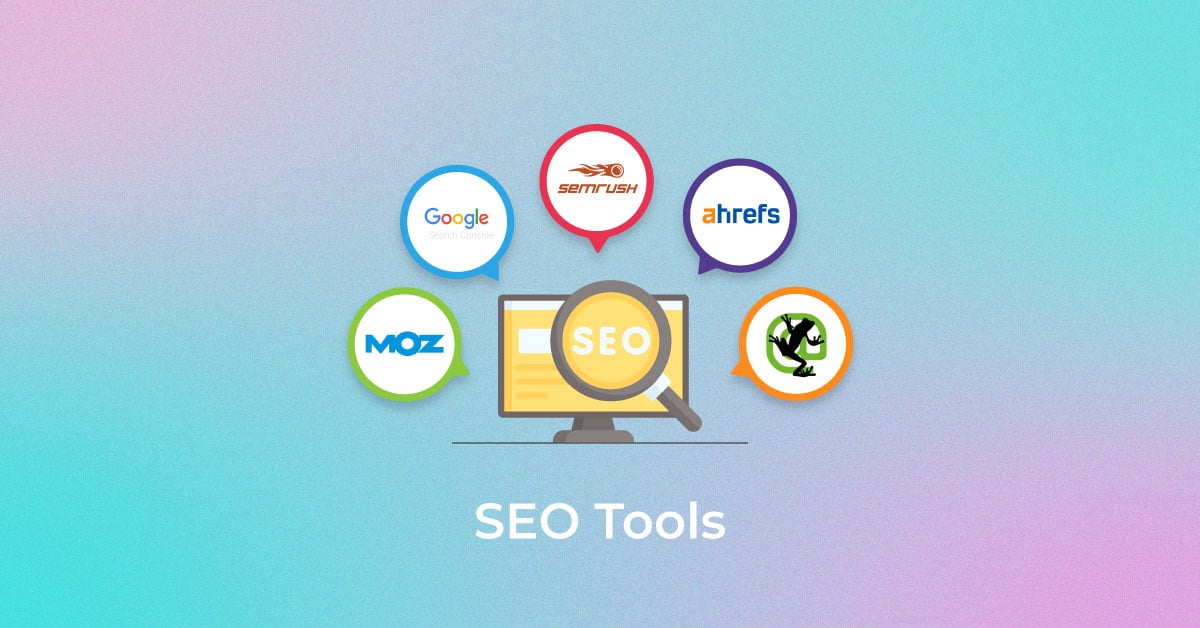
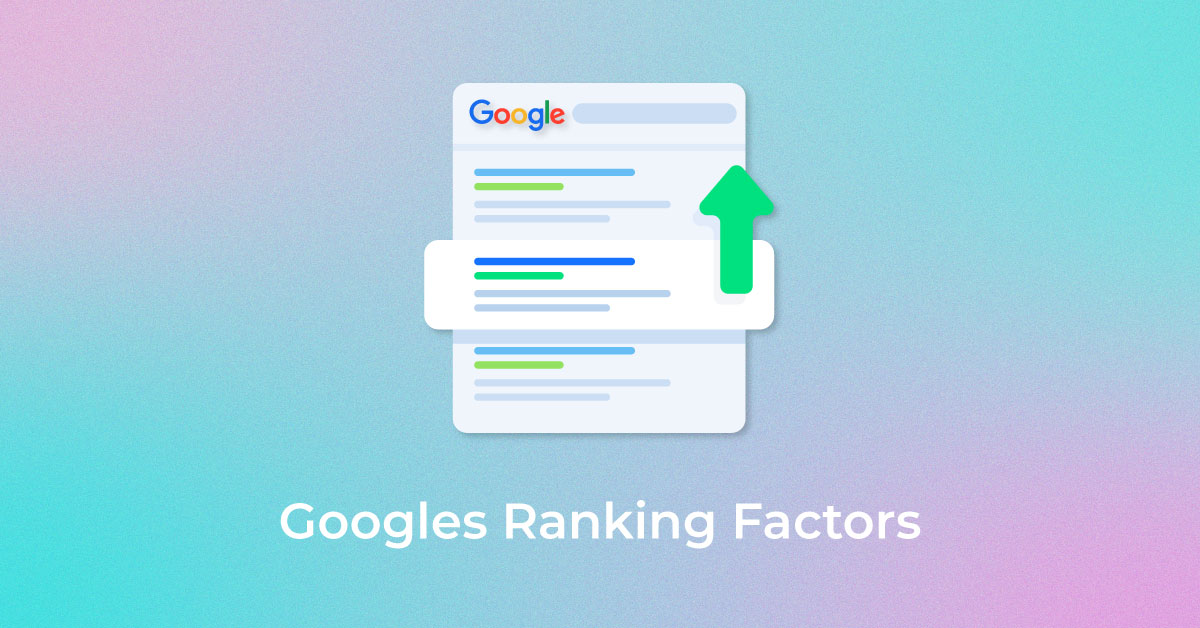
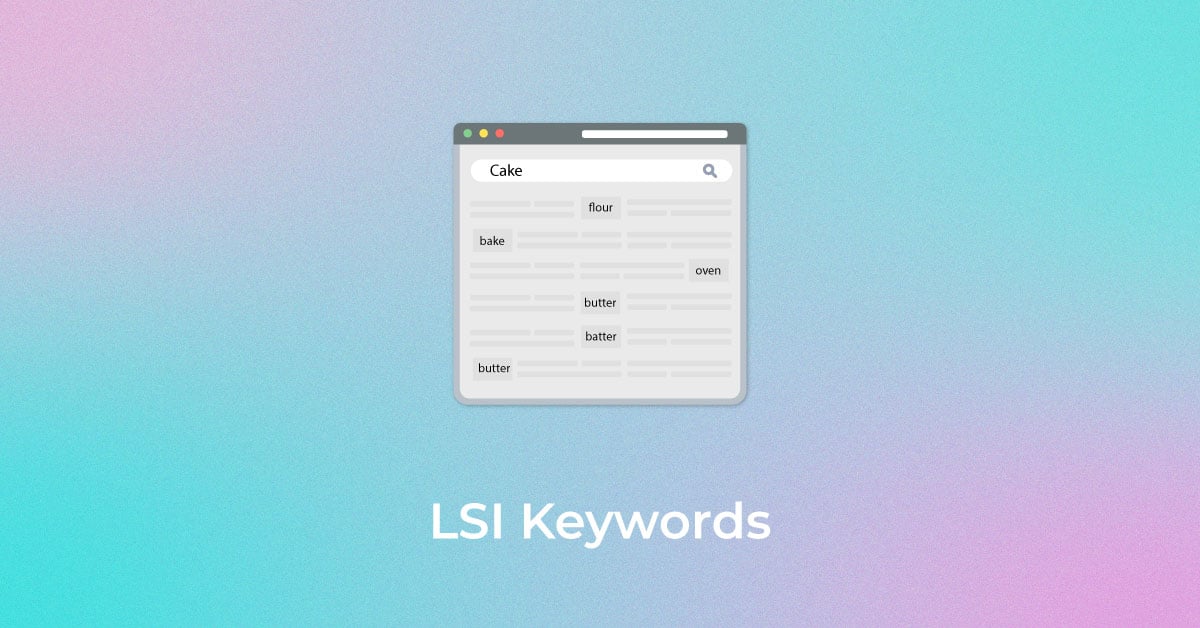
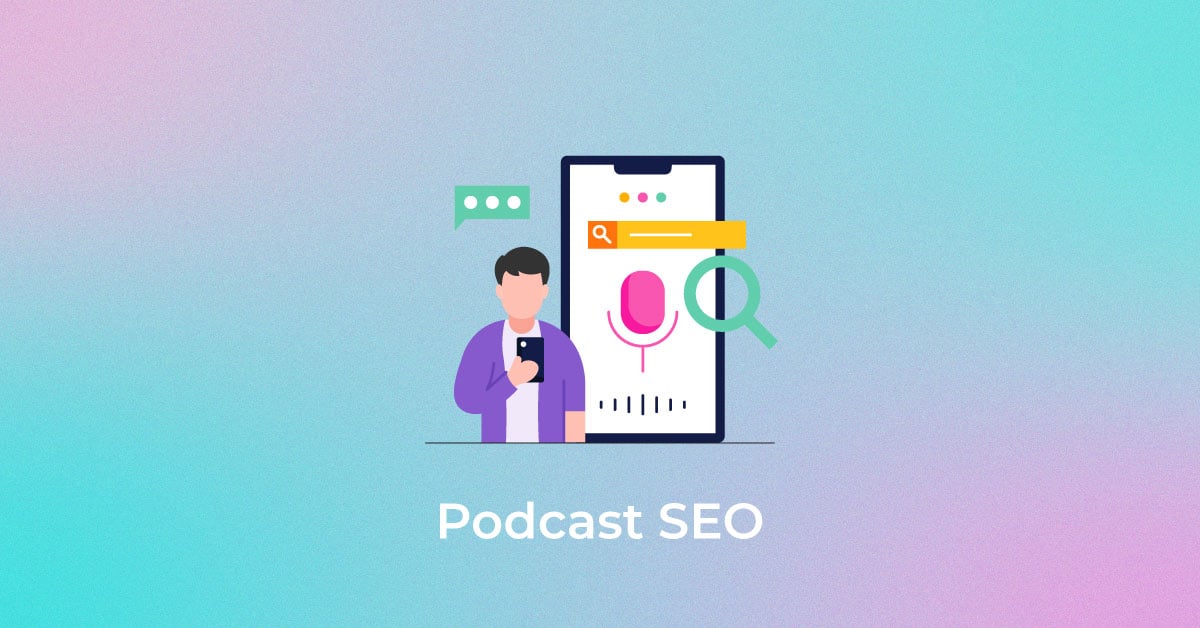
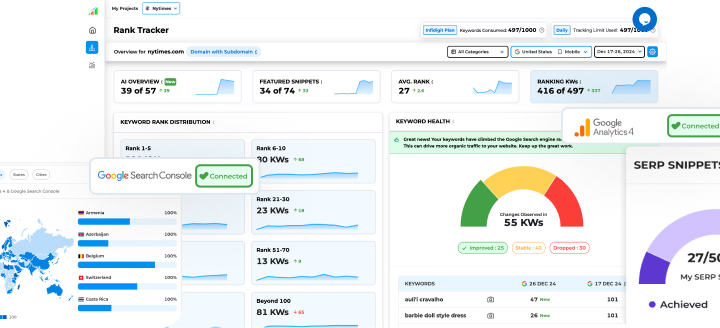
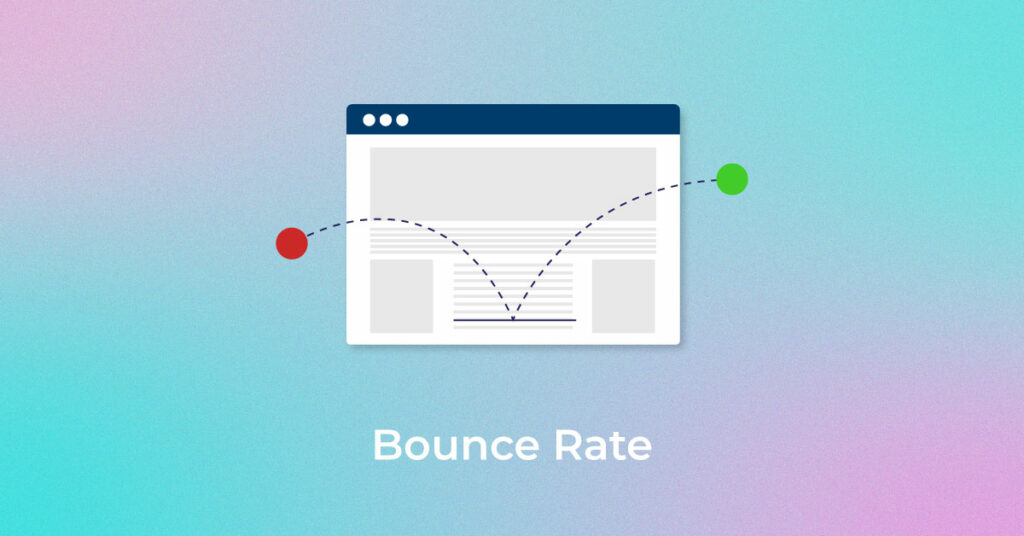

6 thoughts on “What is Bounce Rate? All You Need to Know to Analyze and Improve It”
Hi Kaushal
thanks for sharing bounce rate factors with us.
Thank you for your appreciation. Please read our latest posts for more updates.
Nice Article.
Thanks, Dhwani for your appreciation. Please check out our latest posts for more updates.
Thank you for sharing this useful information, about how to increase bounce rate with useful ideas.
You are Welcome. Read our latest posts for more updates.